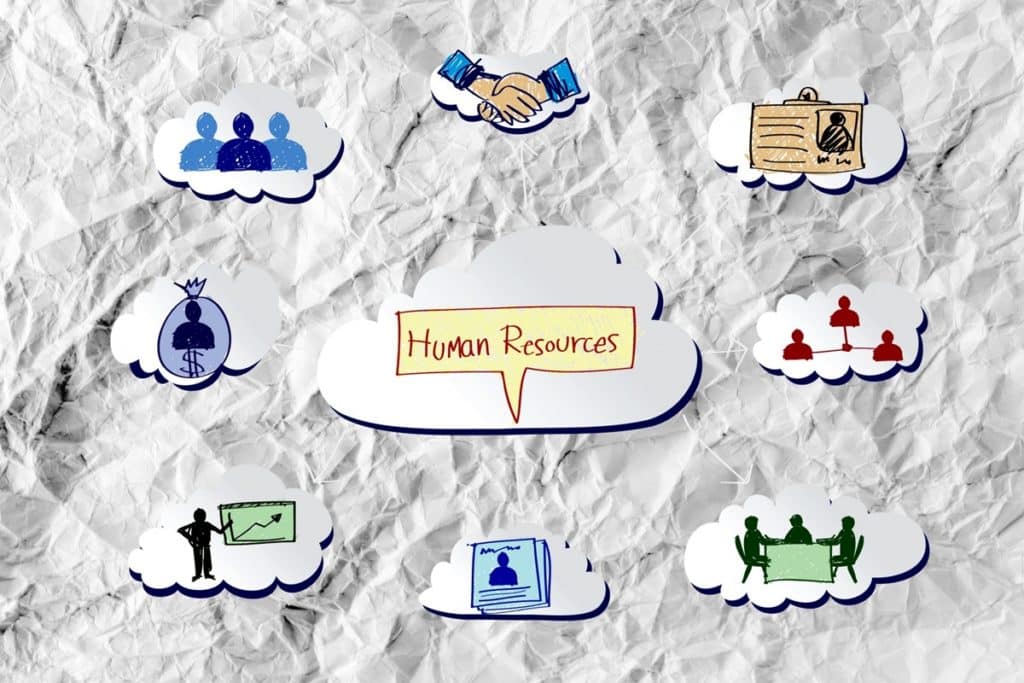As the business world evolves, the need for innovative, empathetic, and intuitive approaches to management and entrepreneurship is becoming increasingly clear. One emerging practice that is attracting significant attention is the human design business. This groundbreaking methodology incorporates a holistic understanding of human nature and potential into the core practices of entrepreneurship and business management. It’s a path that guides us to work in harmony with our unique blueprint and aligns our business with who we truly are.
Human Design is a system that marries the principles of quantum physics, Eastern and Western astrology, the I Ching, the Kabbalah, the Hindu-Brahma chakra model, and modern genetics. This eclectic synthesis serves as a map or manual that provides precise insights into an individual’s unique skills, traits, and potential. In a business context, these insights can be harnessed to improve efficiency, decision-making, and overall workplace harmony.
In this article, we’ll explore the nuances of human design business, learn how to implement it in your enterprise, and discover the potential advantages it holds for your organization and yourself as an entrepreneur or business leader.
Understanding Human Design Business
The first step to integrating human design into business operations is understanding its basic principles. Your unique Human Design is determined by your birth information, and this design serves as a roadmap to understanding your unique gifts and challenges. Within human design, there are four types: Manifestors, Generators (including Manifesting Generators), Projectors, and Reflectors. Each type has its unique strategy for decision-making and interacting with the world.
In business, this understanding can help guide who best fits specific roles, how communication can be improved, and how to make decisions that are in alignment with one’s design, leading to better productivity and job satisfaction.

Integrating Human Design into Business Strategy
Integrating Human Design into business strategy is a multifaceted process that requires understanding, adaptability, and a willingness to reimagine conventional business structures. Here’s a step-by-step guide:
Step 1: Understanding Human Design Principles
Firstly, it’s crucial to understand the basic principles of Human Design. Get familiar with the four types – Manifestors, Generators (including Manifesting Generators), Projectors, and Reflectors. Learn about their unique traits, decision-making strategies, communication styles, and how they best interact with the world. You can obtain Human Design charts for your team members by using their birth information, which will serve as a manual to understanding their individual characteristics.
Step 2: Analysis and Interpretation
Next, analyze and interpret the Human Design charts of your team members. Identify the strengths, weaknesses, and unique qualities of each individual. You can seek the help of a Human Design analyst or learn the interpretation methods yourself.
Step 3: Aligning Roles and Responsibilities
Use your newfound understanding to align roles and responsibilities within your team. Human Design types have distinct ways they can thrive. For instance, Generators are natural doers, and they thrive in roles where they can fully utilize their boundless energy. Meanwhile, Projectors excel in guiding and managing others, making them perfect for leadership or advisory roles.
Step 4: Improving Communication
With a better understanding of how each type communicates, you can enhance communication within your team. For instance, Manifestors tend to initiate communication, while Projectors wait for an invitation. Understanding these dynamics can minimize misunderstandings and improve the overall communication flow.
Step 5: Decision Making
Each Human Design type has a unique strategy for decision making. For instance, Generators are advised to listen to their gut response, while Projectors need to wait for invitations to ensure correct decisions. Encourage your team members to follow their individual decision-making strategies to promote effectiveness and alignment with their true selves.
Step 6: Conflict Resolution
Finally, understanding Human Design can significantly aid conflict resolution. By knowing the potential sources of friction among types, you can proactively manage and resolve conflicts. For example, understanding that Manifestors may unintentionally create impact without noticing can help mitigate any resultant misunderstandings.
Step 7: Continual Adaptation and Learning
The last step, which is ongoing, involves continually learning about Human Design and adapting your business strategies accordingly. Human Design is a vast system, and the more you learn, the more you can optimize your business to align with your team’s unique designs.
This integration process may require time and patience, but the benefits can be monumental. You can cultivate a harmonious work environment that respects and values individuality, leading to increased productivity, improved communication, and higher employee satisfaction.

The Benefits of Human Design in Business
The integration of Human Design into business strategies can offer numerous benefits to organizations of all sizes and across various industries. Here are some of the key advantages:
Improved Employee Productivity
Understanding how individuals operate according to their Human Design can help optimize their workflow and productivity. By aligning roles with individuals’ unique talents and strengths, you create an environment where employees are motivated and engaged, resulting in improved performance and productivity.
Enhanced Communication
Human Design provides detailed insights into an individual’s communication style. By understanding these different styles, you can foster more effective communication within your team. For example, some may require more time to process information, while others may excel at spontaneous communication. Tailoring your communication style to match each individual’s needs can lead to fewer misunderstandings and more successful interactions.
Increased Job Satisfaction and Retention
When employees work in roles that align with their unique designs, they’re more likely to find satisfaction in their work. They feel understood, valued, and more engaged in their roles. This increased job satisfaction can lead to lower turnover rates, reducing the costs associated with hiring and training new employees.
More Effective Decision-Making
Each Human Design type has its own strategy for making decisions. By understanding and respecting these individual strategies, you can ensure that decisions are made effectively and authentically. This can lead to fewer mistakes, less second-guessing, and a more confident and decisive team.
Enhanced Team Synergy
Understanding Human Design can also help in building a balanced team where each member complements the others. You can leverage the unique strengths of each design type, and create a team that works in harmony, enhancing overall performance.
Personalized Conflict Resolution
Human Design can also aid in conflict resolution by providing insights into the root causes of potential misunderstandings or conflicts. By understanding the unique perspectives of each type, conflicts can be resolved in a way that is respectful and understanding of each person’s nature.
Fosters a Culture of Understanding and Acceptance
Finally, adopting Human Design in business can foster a culture that values diversity, understanding, and acceptance. It promotes the notion that everyone is unique, and this uniqueness is not only accepted but also valued and leveraged for the benefit of the individual and the organization.
Conclusion
The world of business is transforming, with an increasing focus on understanding human potential and creating systems that work in harmony with our innate abilities and traits. The incorporation of Human Design in business strategy represents a significant step forward in this evolution. It’s a comprehensive system that provides valuable insights into our unique capabilities, motivations, and decision-making strategies, empowering us to create businesses that are not just successful, but also fulfilling and in alignment with our true selves.
Integrating human design into business strategy is not a magic bullet that will solve all organizational challenges, but it is a powerful tool that can lead to increased productivity, improved communication, greater job satisfaction, and better decision-making. By embracing this methodology, we are choosing to move beyond traditional, one-size-fits-all approaches and acknowledge the richness of human diversity. In doing so, we are creating businesses that are more humane, more compassionate, and ultimately, more successful.
Remember, the journey to fully integrating human design into business practices is a process, not a destination. It requires continuous learning, experimentation, and adaptation. As you continue on this path, keep in mind the words of Steve Jobs: “Innovation distinguishes between a leader and a follower.” Be an innovative leader, embrace human design, and watch your business transform in ways you could have never imagined.
